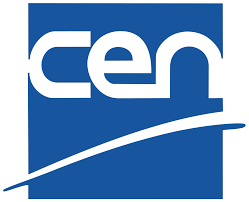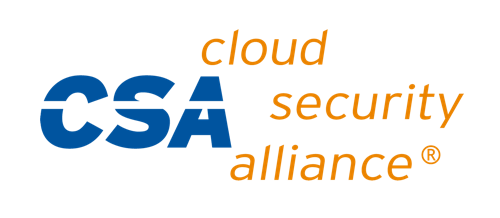Air Traffic Management - Specification for software assurance levels
This Technical Specification specifies the technical, operational and maintenance requirements for Software Assurance Levels to support the demonstration of compliance with some elements of the Essential Requirements Safety and Principles governing the construction of systems of the Regulation (EC 552/2004) of the European Parliament and of the Council on the interoperability of the European Air Traffic network (the Interoperability regulation).
This Technical Specification on Software Assurance Levels (SWAL) is intended to apply to software that is part of the EATMN, focusing only on its ground segment and providing a reference against which stakeholders can assess their own practices for software specification, design, development, operation, maintenance, evolution and decommissioning. Requirements in the present document which refer to should statements or recommendations in the normatively referenced material are to be interpreted as fully normative (shall) for the purpose of compliance with the present document.











